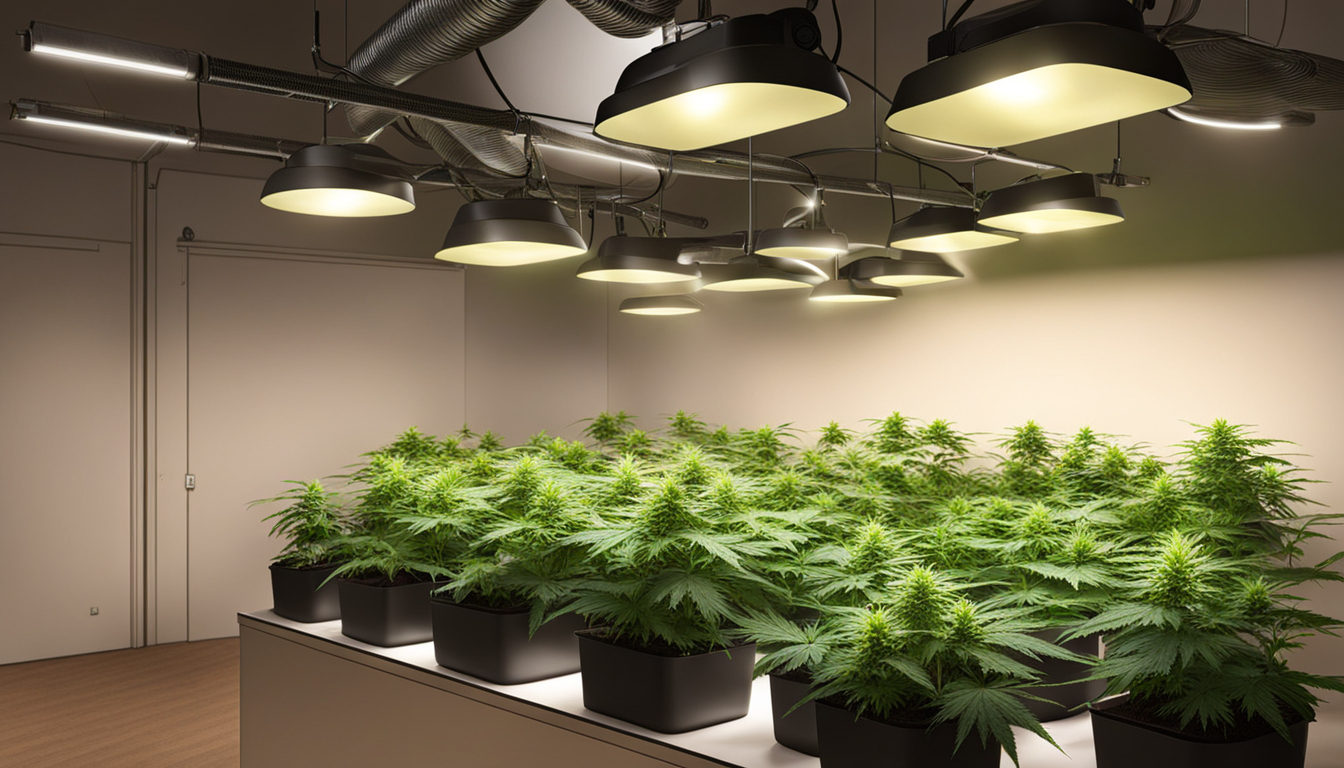
Whether you're beginning cannabis cultivation or looking to improve your existing crop, following this complete guide will help you produce bountiful, high-quality yields right at home. With the right supplies, techniques, and care, growing marijuana indoors can be an extremely productive and cost-effective endeavor.
Choosing Cannabis Strains
The first step in planning your indoor crop is selecting the right marijuana cultivars to produce. The three main types of cannabis plants each have their own characteristics.
Sativas
Known for their invigorating intellectual effects, these strains spread tall and slender with narrow leaves. They flourish in warmer equatorial climates and have a longer flowering time between 10-12 weeks indoors. Top energizing varieties include Jack Herer, Durban Poison, Super Lemon Haze, and Jack Herer.
Indicas
Indicas provide calming body-focused effects and spread short and bushy with wide leaves. Accustomed to colder mountain climates, they flower faster within 8-9 weeks. Popular indica strains include Granddaddy Purple, Northern Lights, and Bubba Kush.
Hybrids
Hybrid varieties mix traits from both energizing strains and relaxing strains. They offer blended effects and have medium blooming times around 2.25-2.5 months. Popular hybrids are OG Kush, Girl Scout Cookies, and Blue Dream.
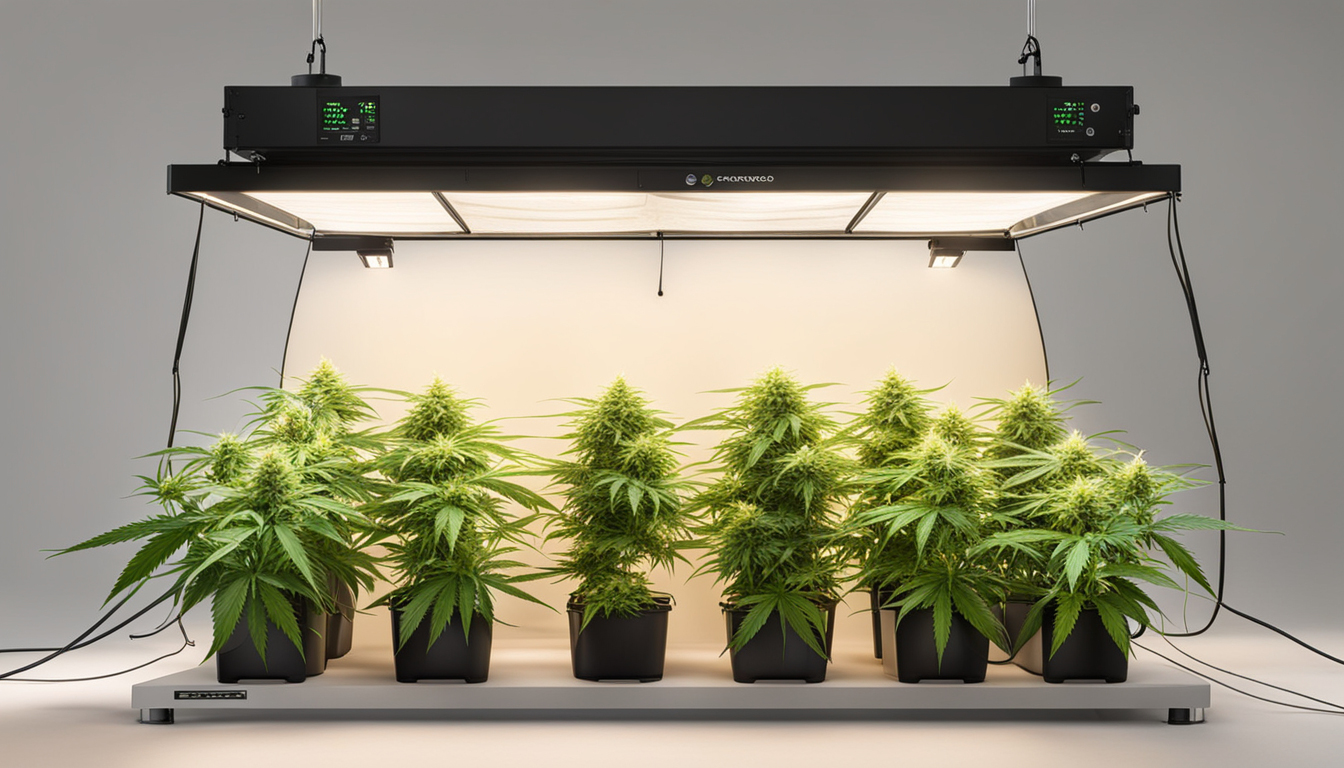
Setting Up Your Cultivation Space
Pot plants need the right controlled environment to succeed. Key factors for indoor farms are lights, ventilation, layout, and finding the ideal discreet location.
Location
Choose an unused space with easy access to irrigation and power outlets. An empty extra bedroom, unused closet, basement corner, or grow tent locked away in a garage all make great stealthy cultivation room spots.
Lights
Marijuana requires strong light for all growth stages. LEDs are efficient and come in full spectrum options mimicking real outdoor light. Provide 15-25 watts per square foot for the growth stage and 400-600 watts per square foot for bloom.
Airflow
Proper airflow and exhaust systems maintain ideal temp, humidity, and fresh CO2 levels. Set up silent 4-6 inch blowers or scrubbers to refresh stale air and reduce smells.
Layout
Maximize your space by positioning plants carefully under the lamps and leaving room to access and work around them. Set up distinct zones for vegetation, flowering, curing, and cloning.
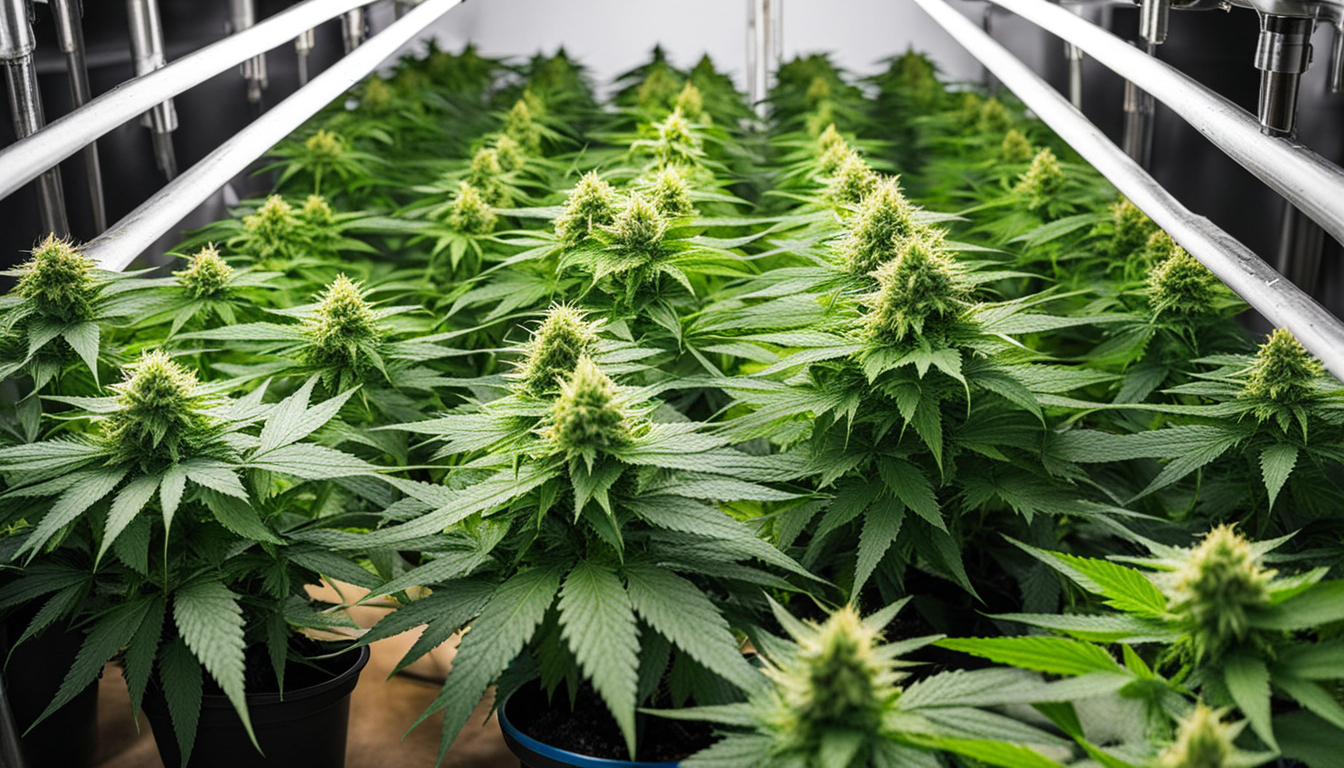
Cultivation Mediums
Pot can be grown in various mediums, each with benefits and cons. Pick a suitable option for your particular setup and growing style.
Soil
The traditional medium, soil is inexpensive and easy for new growers. It provides excellent flavor but needs more watering and nutrients to nourish plants. Enrich soil with perlite or coir to enhance drainage.
Coconut coir
Made from coconut husks, renewable coco coir holds water but still allows air to the roots. It's more sterile and more predictable than soil. Use coir-specific nutrients to prevent calcium buildup.
Water systems
In hydro systems, plant roots develop directly in nutrient irrigation solution. This allows quick growth but needs careful monitoring of water properties. Deep water culture and irrigation systems are common methods.
Germinating Seeds
Sprouting activates your marijuana seeds to begin sprouting radicles. This prepares them for transplanting into their growing medium.
Paper Towel Method
Put seeds between damp paper towel and maintain them moist. Inspect after a week for emerging taproots showing germination is complete.
Planting directly
Plant seeds right into pre-moistened cultivation medium 1⁄4 inch deep. Gently water and wait 7-14 days until seedlings push through the surface.
Cubic rockwool
Presoak rockwool cubes in pH-adjusted water. Insert seeds 1⁄4 inch deep into the cubes. Keep cubes wet until seedlings emerge within a week to 2 weeks.
Transplanting Seedlings
Once sprouted, marijuana seedlings need to be transplanted to prevent crowding. Move them into proper sized containers.
Ready Containers
Load large containers with growing medium amended with time-released nutrients. Allow pots to soak up water overnight before repotting.
Gently repotting
Gently loosen seedling roots from germination medium using a spade. Place into prepared pot at same depth as before and lightly water in.
Growth Stage
The growth stage promotes foliage and plant form through 18-24 hours of daily lighting intensity. This stage usually lasts 1-2 months.
Providing 18-24 Hours of Lighting
Use lamps on a 24 daily cycle or natural sunlight to initiate nonstop photosynthesis. Light intensity influences height and internodal spacing.
Fertilizing
Use grow stage fertilizers richer in nitrogen. Make sure pH stays around 6.5 for full fertilizer uptake. Fertilize 1⁄4 to 1⁄2 strength after 14 days and strengthen slowly.
LST and topping
Fimming, LST, and scrogging direct shoot shapes for even canopies. This boosts yields.
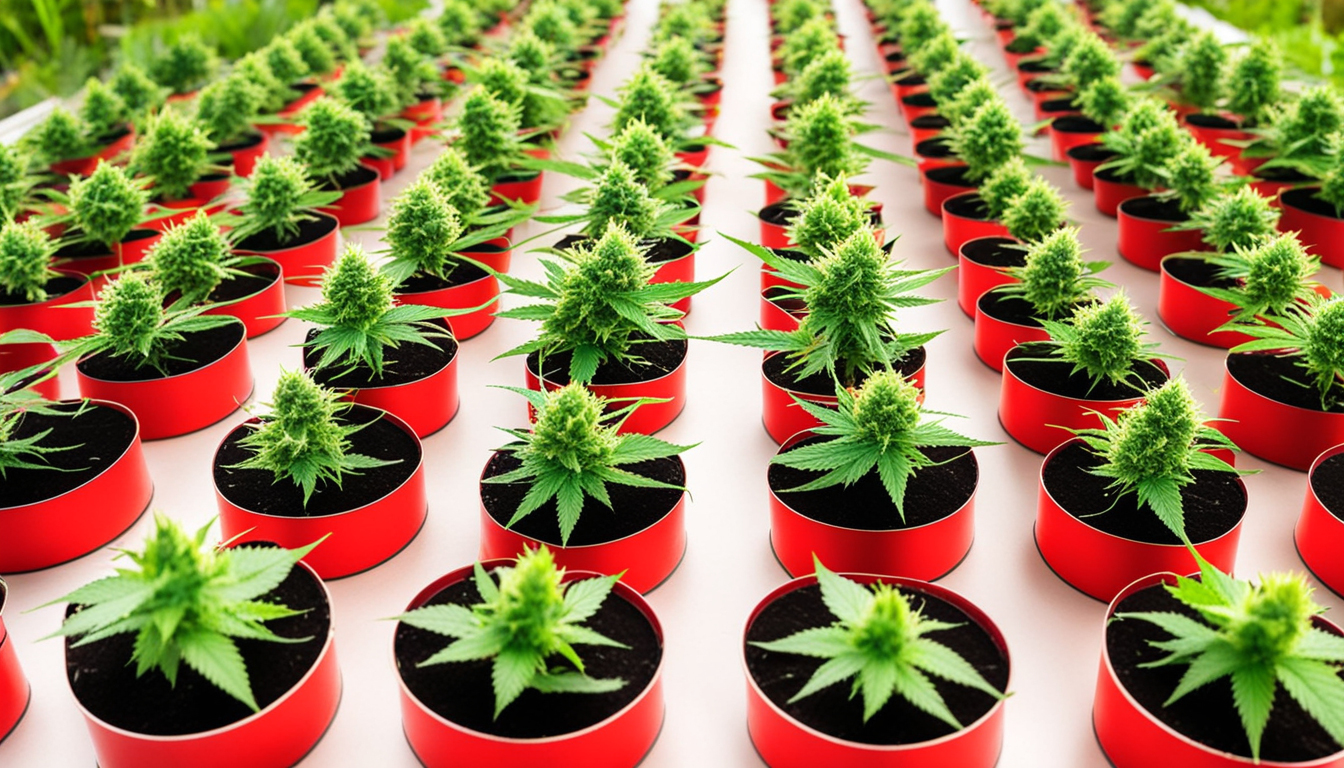
Bloom Stage
The blooming stage grows buds as plants reveal Learn More their sex under a 12 hour cycle timing. It lasts 2-3 months based on variety.
Switching to 12/12
Change lamps to 12/12 or place outdoors for natural 12/12 timing. This signals plants to start blooming.
Flushing
Leaching flushes out fertilizer residuals to enhance flavor. Feed lightly the first period then just use pH'd water the final 2 weeks.
Flushing
Continue 12/12 light timing but flush using pH-balanced water only. Resume clean watering if buds aren't mature after two weeks.
Harvesting
Recognizing when pot is completely mature delivers peak cannabinoid content and aroma. Harvest plants at peak ripeness.
Signs of readiness
Check fading pistils, swelling calyxes, and 5-15% amber trichomes. Check buds across the plant as they don't all ripen evenly.
Harvesting plants
Use clean, sharp pruning shears to carefully cut each plant at Discover More the base. Keep 5-10cm of stalk attached.
Curing
Suspend intact plants or colas upside down in a dark room with average temperature and humidity around 45-65% for 1-2 weeks.
Curing
Curing continues desiccating while improving the buds like aged spirits. This process smooths harshness and intensifies cannabinoid contents.
Curing containers
Trim dried buds from branches and place into glass jars, packing about 75% capacity. Use a sensor to measure container moisture.
Burping Daily
Open containers for a short time daily to gradually reduce humidity. Rehydrate buds if RH drops below 55%.
Long term storage
After 2-3 weeks when humidity levels off around 55-65%, perform a last trim and keep long-term in airtight jars.
Troubleshooting
Even experienced cultivators run into various marijuana plant problems. Identify problems early and fix them properly to keep a healthy garden.
Poor feeding
Yellowing leaves often signify insufficient nitrogen. Anthocyanins and leaves show low phosphorus. Check pH and boost nutrients slowly.
Pests
Thrips, aphids, fungus gnats, thrips, and nematodes are frequent weed pests. Use organic sprays, ladybugs, and yellow traps for natural control.
Powdery mildew
High moisture encourages botrytis and bud rot. Increase airflow and circulation while reducing RH under 50% growing weed guide during bloom.
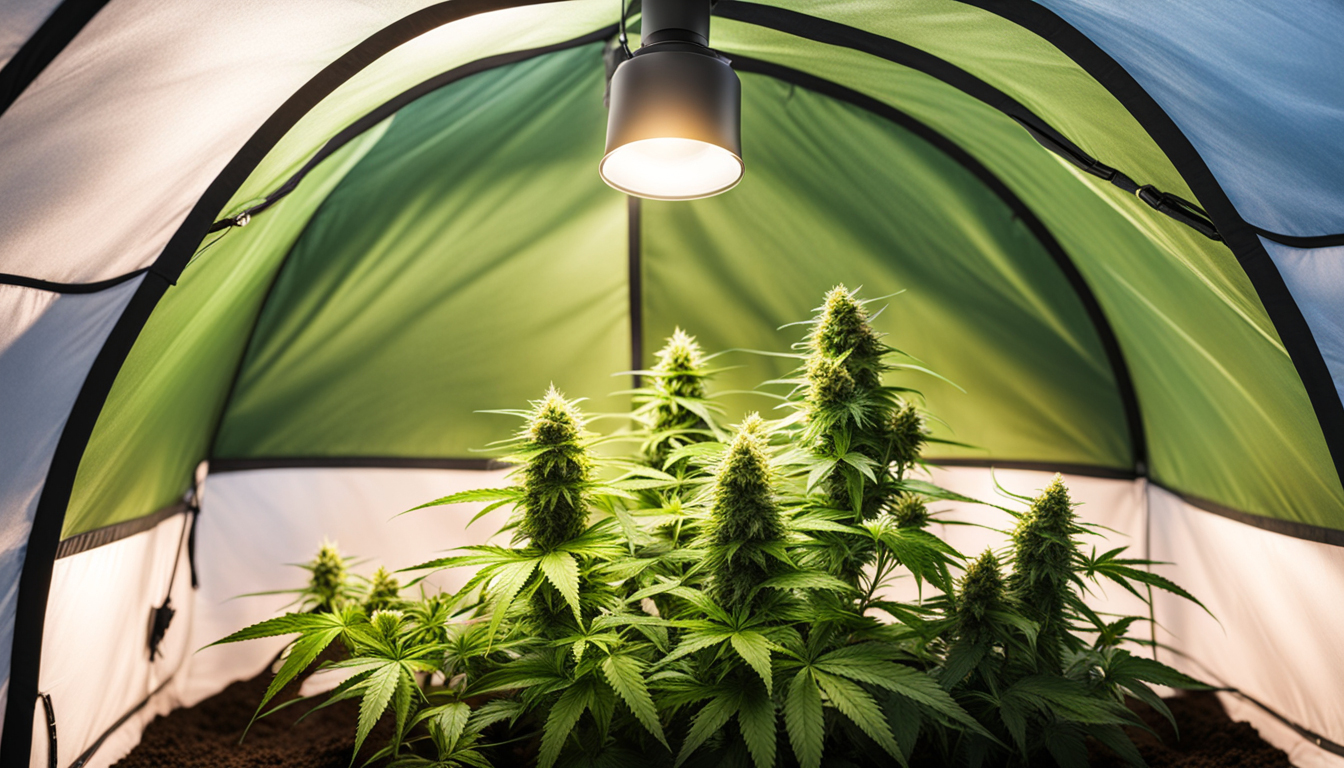
Conclusion
With this complete indoor weed growing guide, you now have the info to grow plentiful strong buds for personal harvests. Apply these steps and methods during the seed starting, growth, and bloom stages. Invest in good equipment and carefully check on your plants. In time, you'll be compensated with frosty aromatic buds you raised yourself under the loving care of your green hands. Good luck cultivating!